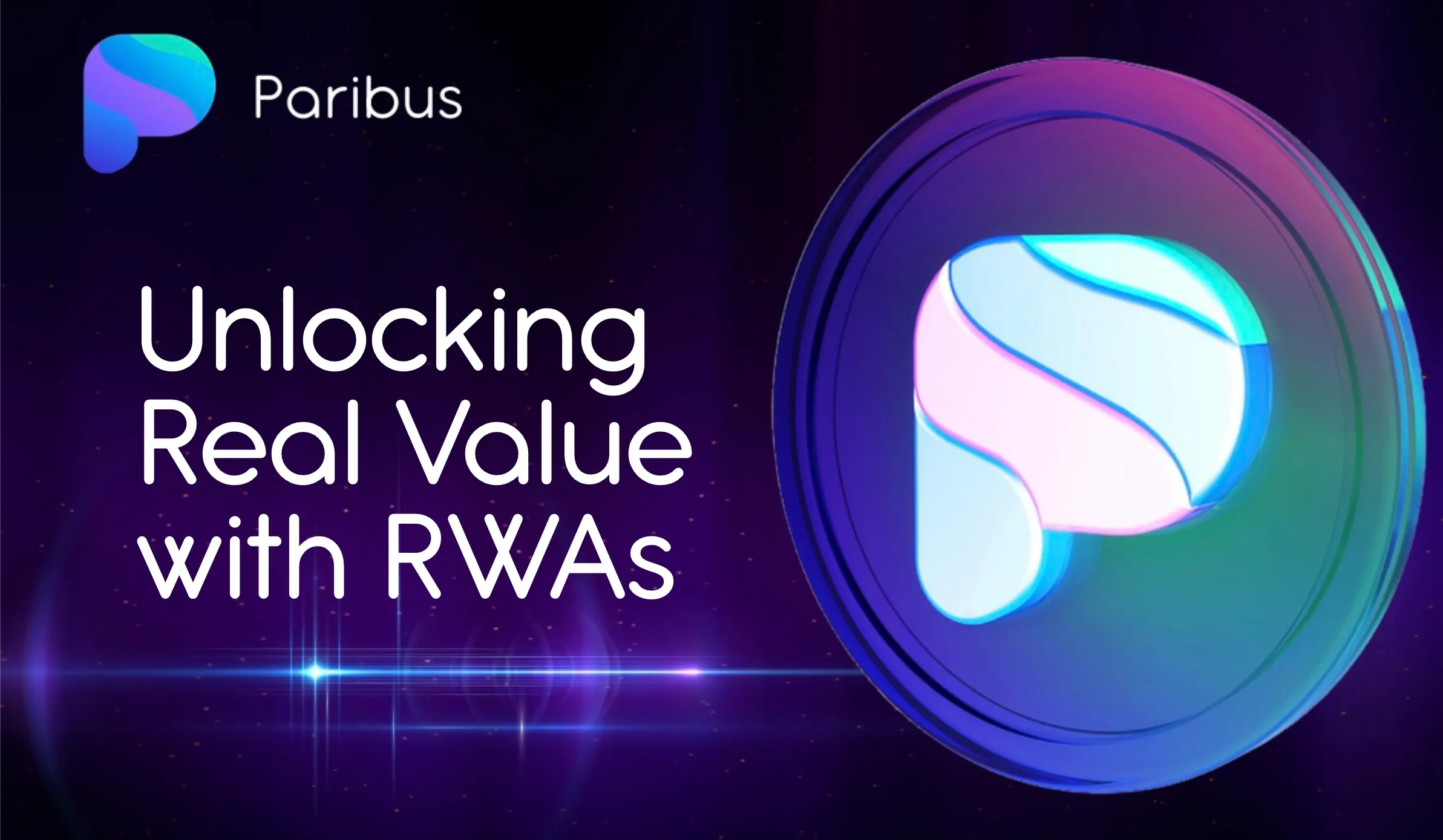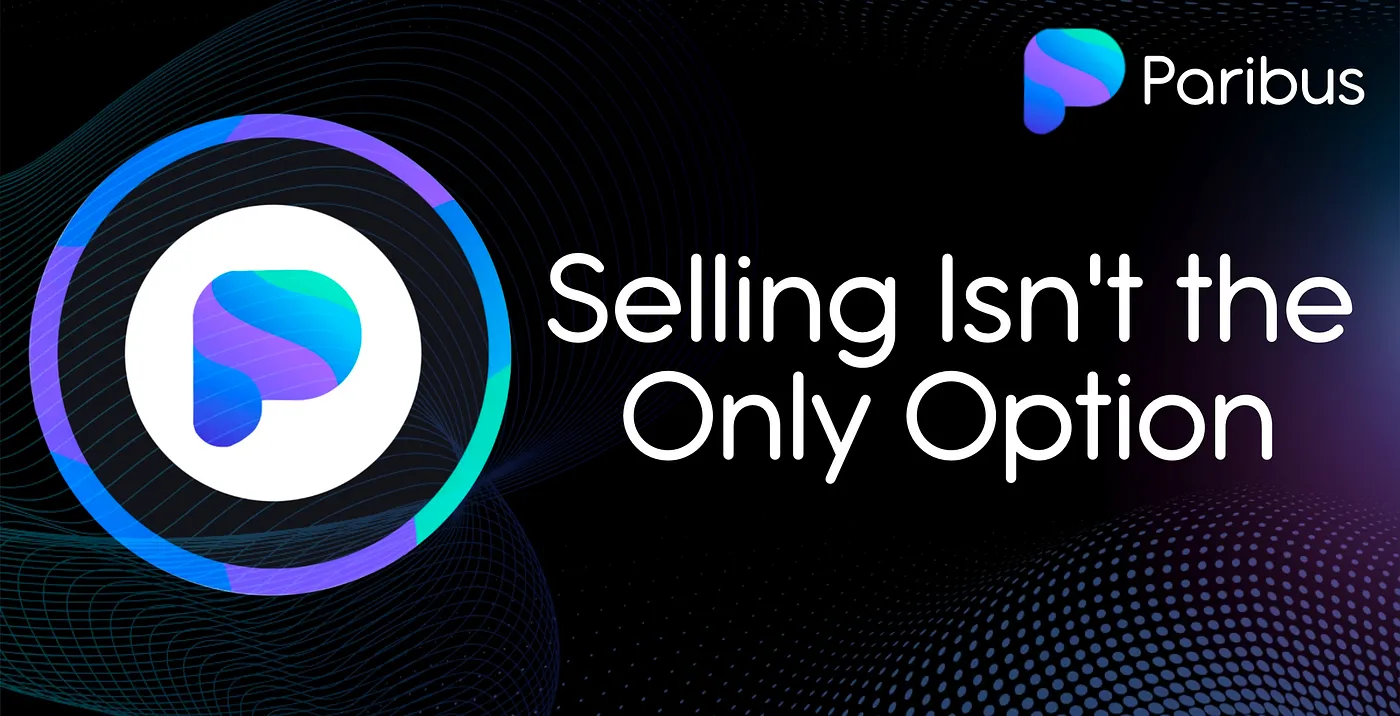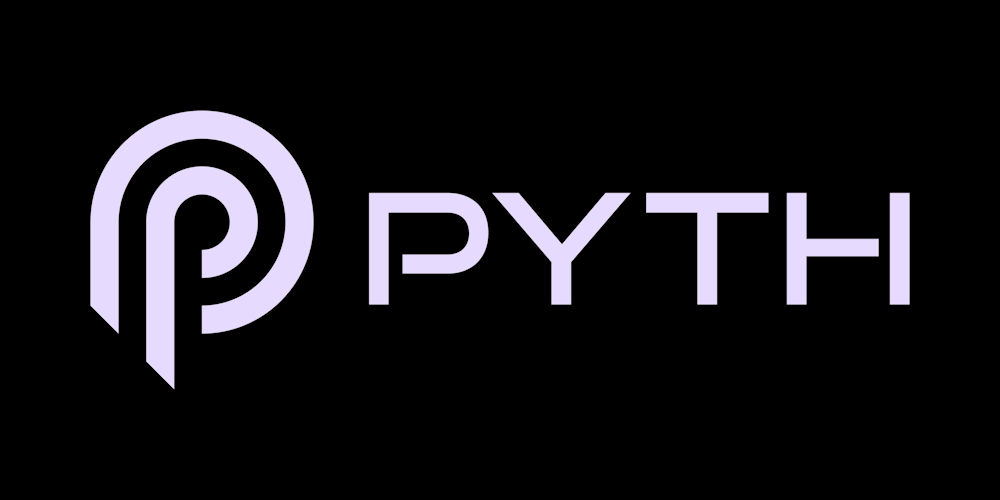Unlocking Hidden Value
A vital component of the cryptocurrency market is the ability to trade one token for another. This dynamic plays out predominantly on centralized exchanges (CEXs) like the popular platforms Binance and Coinbase.

A vital component of the cryptocurrency market is the ability to trade one token for another. This dynamic plays out predominantly on centralized exchanges (CEXs) like the popular platforms Binance and Coinbase. However, recent setbacks experienced by certain CEXs, including the likes of FTX, have prompted a growing number of users to explore decentralized exchanges (DEXs).
The essential contrast between a CEX and a DEX lies in their approach to managing tokens within their respective ecosystems. While CEXs assume custody of the tokens traded on their platforms, DEXs adopt a wholly non-custodial approach.
For any exchange to function effectively, it must have ready access to the tokens required to facilitate transactions. In cases where access to specific tokens is limited, this imbalance between supply and demand can lead to price spikes.

On centralized exchanges, projects seeking to list typically must provide a substantial number of tokens, often accompanied by a corresponding amount of stablecoins. This requirement can pose a significant barrier to entry. Conversely, DEXs offer a more accessible path to listing, which explains why platforms such as UniSwap boast a broader range of tradable tokens compared to Coinbase.
DEXs take a unique approach to liquidity provision. Instead of relying solely on projects to supply liquidity, they enable anyone to contribute liquidity and earn a share of transaction fees. To maintain non-custodial status, DEXs employ an ingenious system where users swap their tokens for liquidity provider (LP) tokens.
These LP tokens hold a 1:1 value equivalence with the tokens exchanged and allow holders to redeem the original tokens and a portion of the fees earned. For example, by providing 1 ETH to a liquidity pool, a user receives LP tokens representing the exact value of 1 ETH. Upon redemption, they get back 1 ETH, along with any accrued fees.
Due to their redeemable nature, LP tokens function as synthetic cryptocurrencies. While they lack intrinsic face value, they inherit the value of the underlying asset in the liquidity pool because they can be redeemed at any time.
Since LP tokens have no face value, there is a limit as to what holders usually do with them. However, because they have an underlying asset, we’re looking into how we can allow users to unlock that value without redeeming their LP tokens.
As Deniz, our CEO, has said previously, “I’m quite surprised that not many DeFi protocols have support for such collateral types, especially given that it’s so ubiquitous in this space. Everyone pretty much has some form of LP token, so there are a lot of LP tokens sitting idle that can be leveraged.”
Soon, users may be able to use their LP tokens as collateral to secure loans on Paribus. These funds could then be reinvested in liquidity pools to accumulate more LP tokens. As long as the returns from fees outweigh the loan interest, this method could help maximize their yield.

Implementing a system that allows LP tokens as collateral involves careful planning and consideration. LP tokens are governed by smart contracts, which can introduce additional vulnerabilities to potential exploits. In the past, hacks have resulted in the draining of liquidity from pools, rendering LP tokens worthless. This highlights the need for a cautious and meticulous approach to implementation.
Nonetheless, Deniz provided an update on the progress, stating, “We’ve been developing the LP aspect alongside the governance and NFT side for the last two months. Our developer has given us an update that the first part of the LP side is now finished, which is the ability to track prices of the underlying assets of the LP and then provide that price feedback onto our protocol.
“Now that side is finished, it’s on the code review, and then the second part is the liquidation mechanism for the LP tokens. That is under development, but we’re making very good progress on the LP side, and we hope to have that live maybe two months after the NFT module.”
Due to their underlying asset value, LP tokens hold immense potential, provided that they can be leveraged. Implementing this feature on Paribus is another example of how we are committed to pushing the boundaries of DeFi and providing users with more opportunities to unlock the value hidden stored within their digital assets.
Delegate Your Voting Power to FEED DRep in Cardano Governance.
DRep ID: drep12ukt4ctzmtf6l5rj76cddgf3dvuy0lfz7uky08jfvgr9ugaapz4 | We are driven to register as a DRep by our deep dedication to the Cardano ecosystem and our aspiration to take an active role in its development, ensuring that its progress stays true to the principles of decentralization, security, and community empowerment.DELEGATE VOTING POWER!








